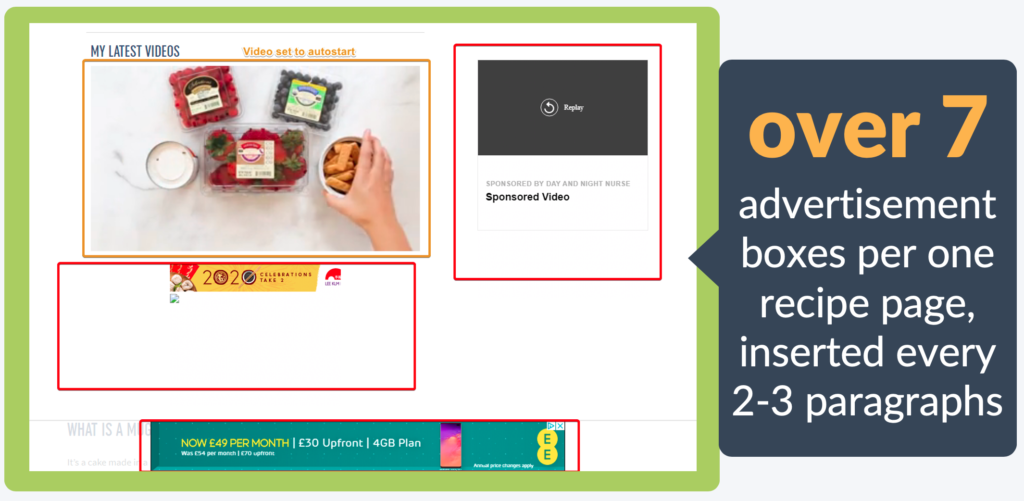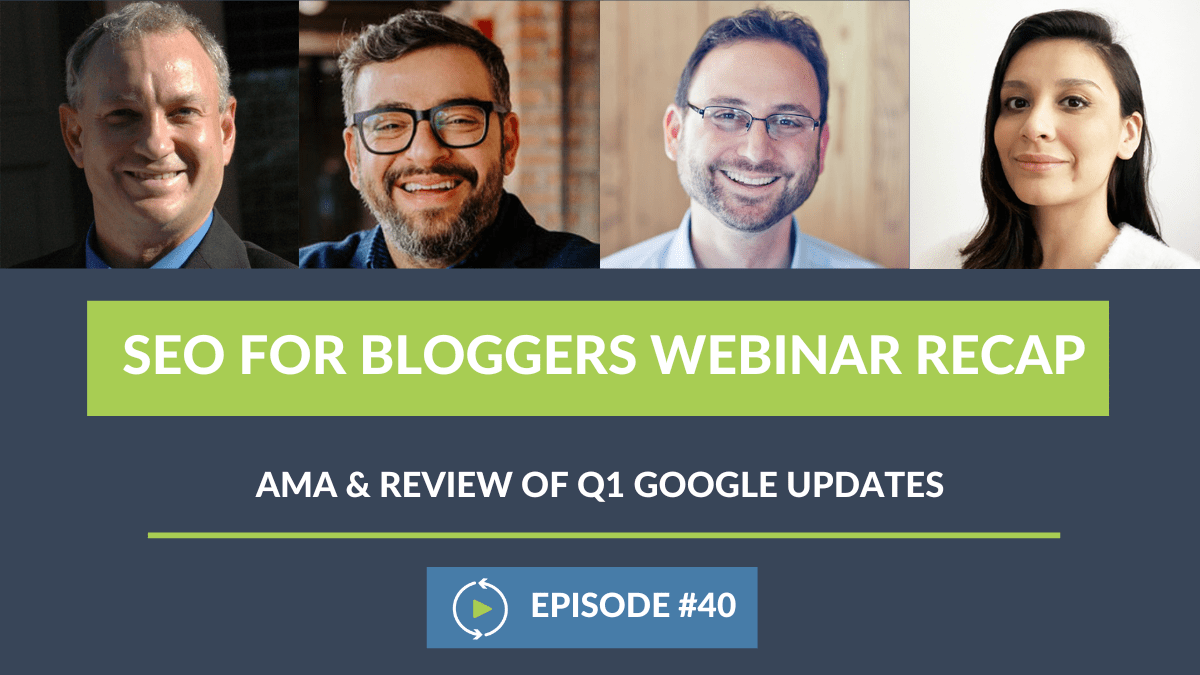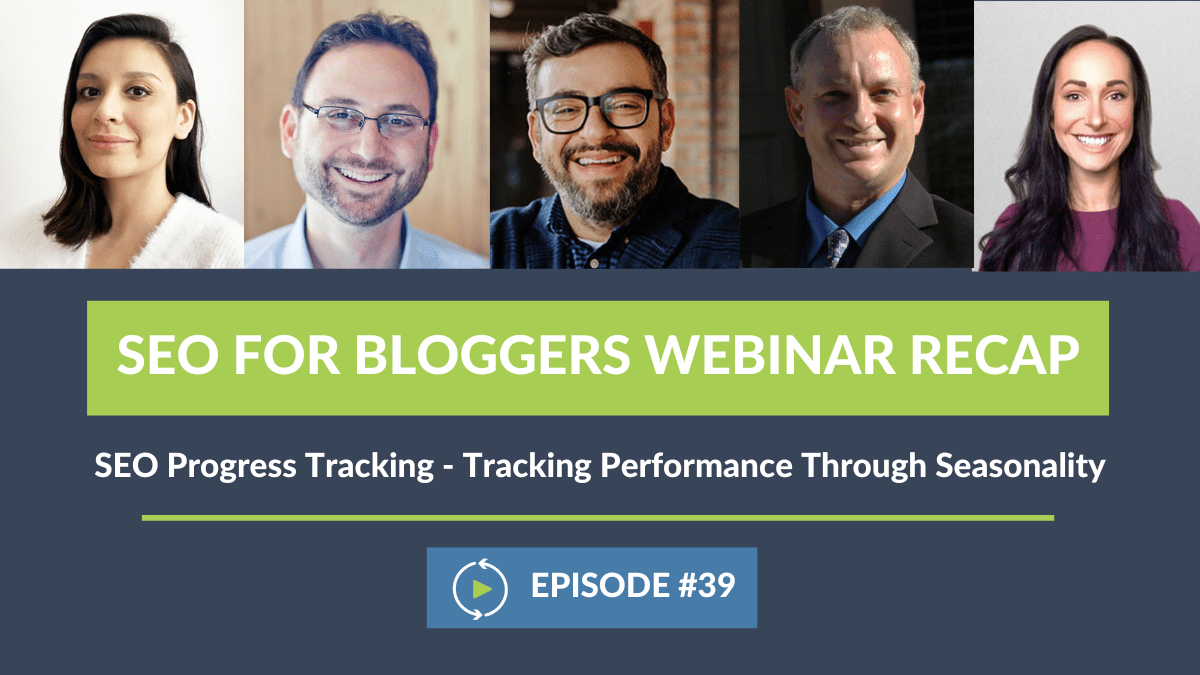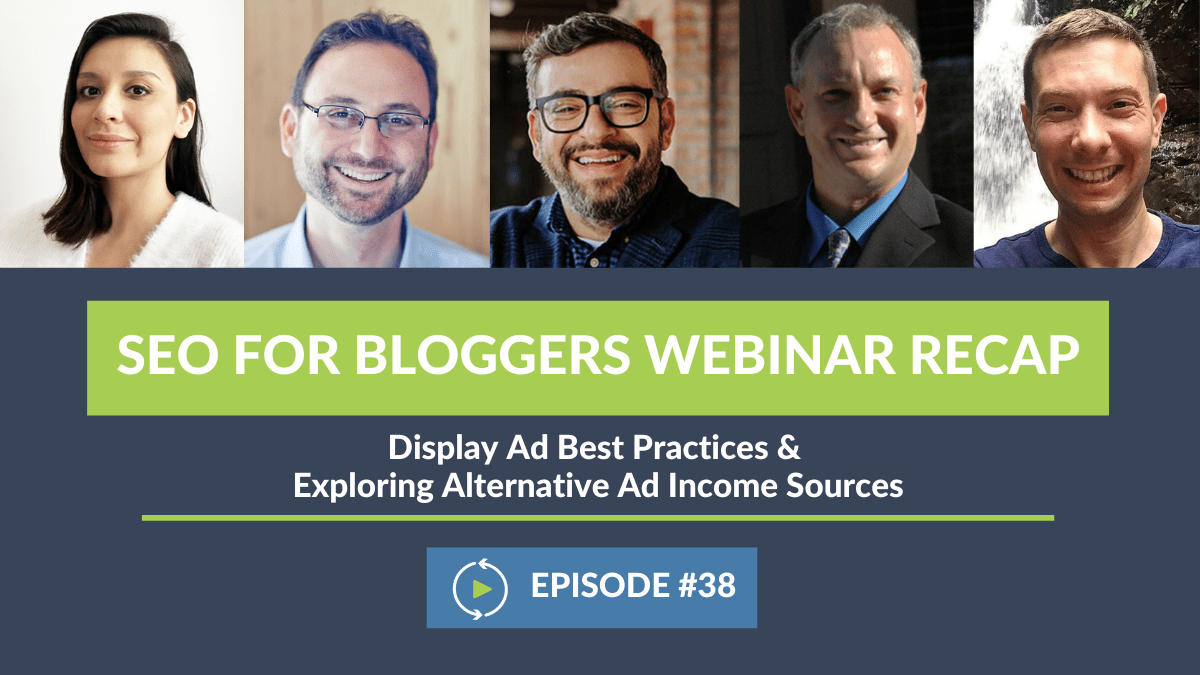More Ads Doesn’t Equal More Money
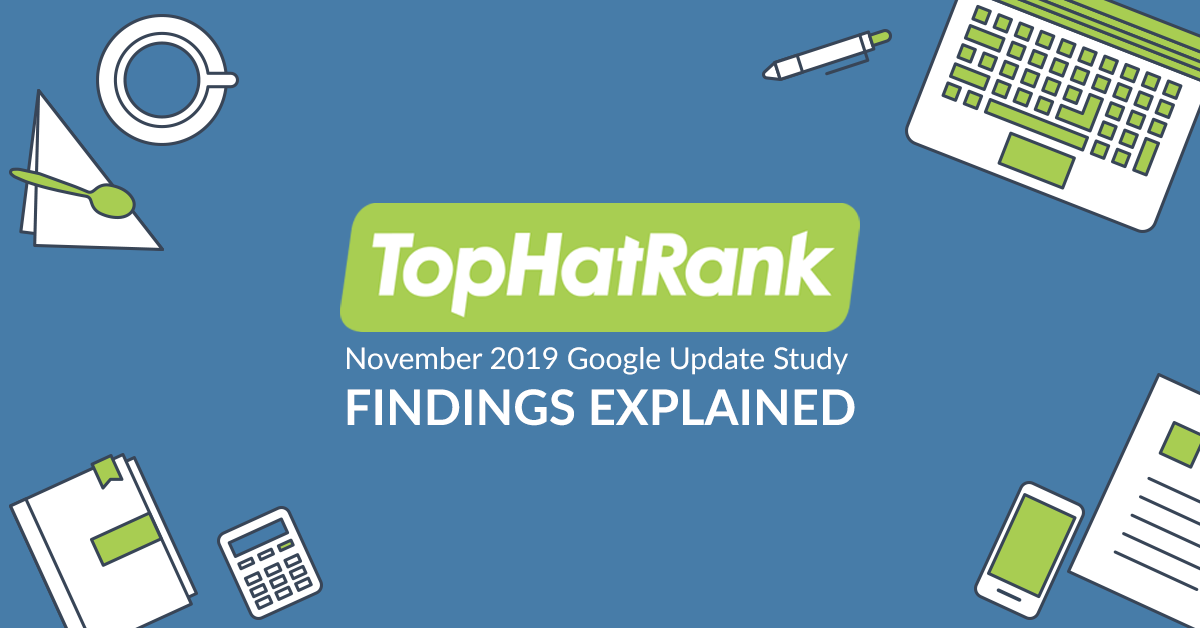
While it’s a common practice to run advertisements on your blog as a method of monetization, there is a limit.
If, however, your blog has a disproportionately large amount of ads on each page, it can come across as intrusive and spammy because it distracts the user from reading the content. In Google’s eyes, too many ads will ultimately lower the value of the on-page content no matter how thorough it is.
Placed in context on the page, it looks like this…
A typical web page is one where the main block of content is justified on the left, a right rail of ads and various internal links appears on the right column, and the page is framed by a top and bottom banner ad.
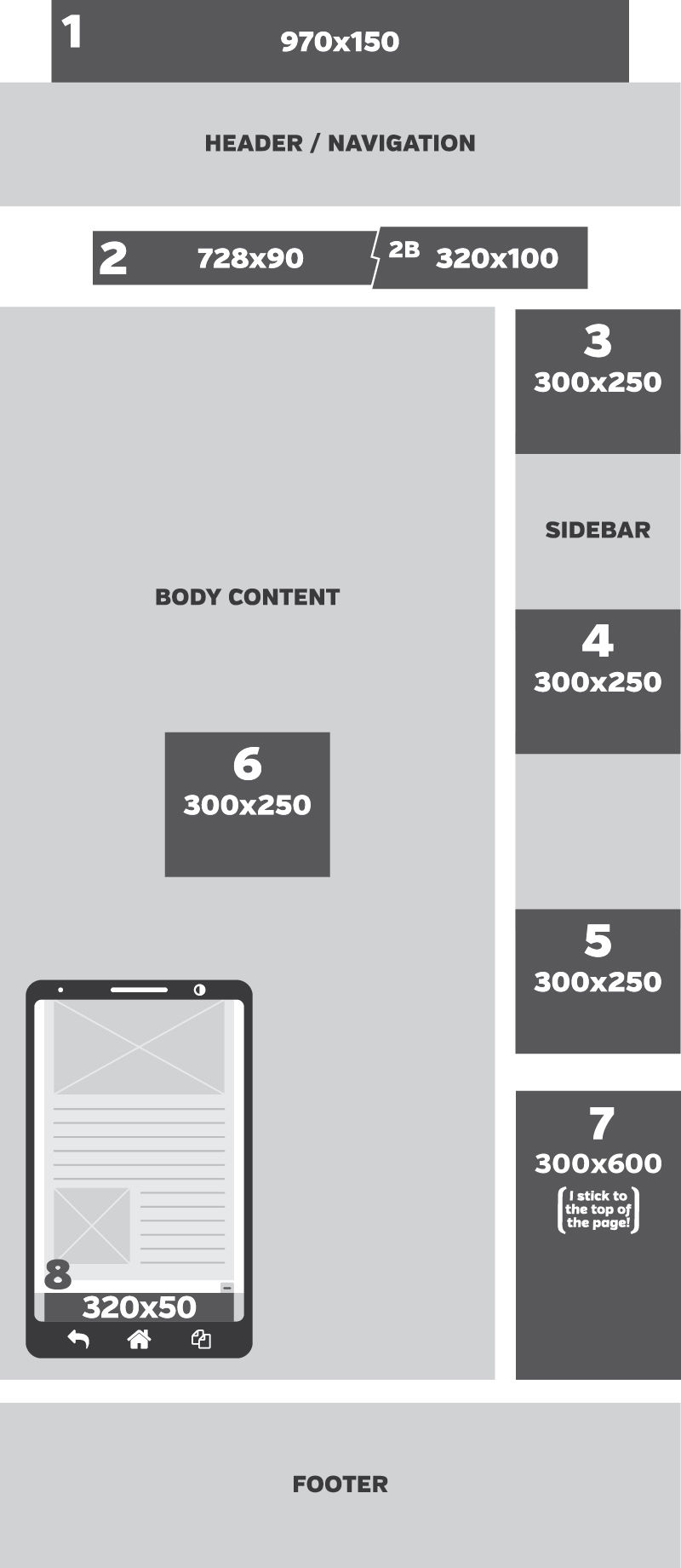
Now, none of those ad placements are necessarily wrong. But when the page begins to be overloaded with the same distracting ads flashing teeth whitening solutions or quick fixes for belly fat, one can quickly see how the quality of the page gets eroded.
SEO 101: Too many ads on a page is a poor user experience
According to Google and SEO best practices, pages with too many ads detract from the user accomplishing their goal of being on the page (to read your content) and therefore considered bad user experience and subsequently are not ranked as highly.
Here’s an excerpt that speaks to this from the Google Webmasters Blog, a source of truth for SEO’s. In an article published on January 19, 2012 titled “Page layout algorithm improvement” it reads:
Google Webmaster Blog
This means that when a user is on your blog page, they don’t want to be bombarded with ads, or sold to yet. Google assumes the user’s intent is to first have the opportunity to absorb your content.
These days, ads are largely on the page for brand awareness or product retargeting. There are two forms of ad payout based on engagement: cost per impression (CPM) occurs when the ad pixel loads simultaneously with the page and cost per click (CPC) when a user physically clicks on the banner ad tile. In the past few years, many users have become conditioned not to click on ads because they’re so prevalent.
Insights from the Food Blogger Study
How many ads is too many, you ask? 4? 10? 15?
There’s no exact number. This is more of a qualitative metric to Google.
But! The good news is that based on our study of food blogger domains, we observed the following:
“The majority of blogs had over 7 advertisement boxes per single-recipe page, inserted every 2-3 paragraphs, and recipe videos set to autostart.”
Blogs that exhibited this imbalance of ads and on-page content were negatively impacted by the November 2019 algorithm update.
The study goes on to outline how and why ads contribute to loss in rankings:
“[excessive advertising] not only weakens user experience but extends page load time and results in rendering delays. That means they’re an obstacle for search engine crawlers trying to read and render the content of the page.”
Final thoughts: ad spam = not good
Food Spam = good!
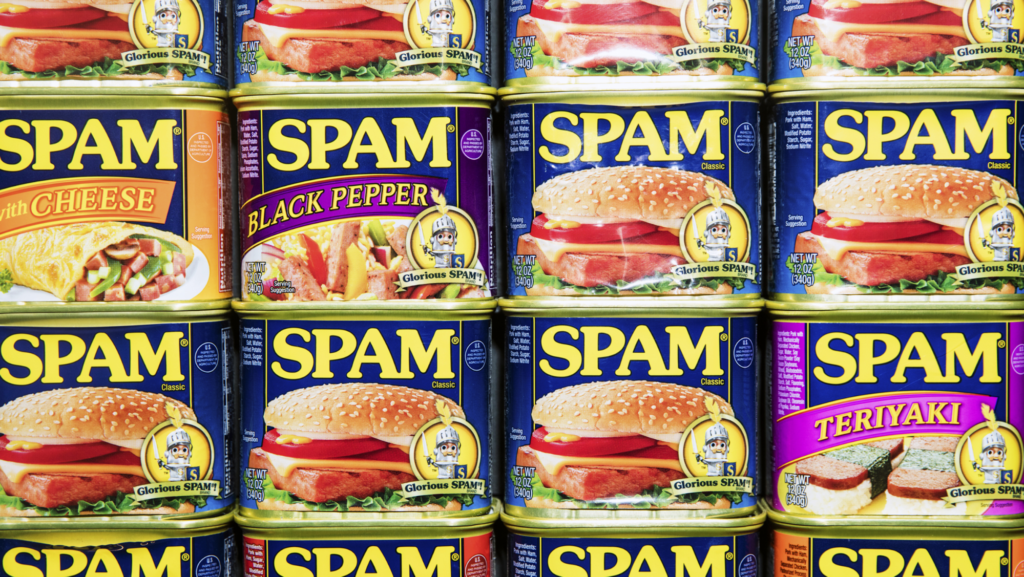
Google continues to advise publishers to provide the best user experience. This means allowing users to quickly and easily locate the information they’re looking for. Furthermore, streamlining and enhancing the user experience, generally results in users spending more time on your page which, in turn, makes your site a more attractive domain for Google to rank. Thus resulting in more organic traffic which can translate into other, more lucrative types of opportunities like brand partnerships, or being an ambassador or influencer for products.
